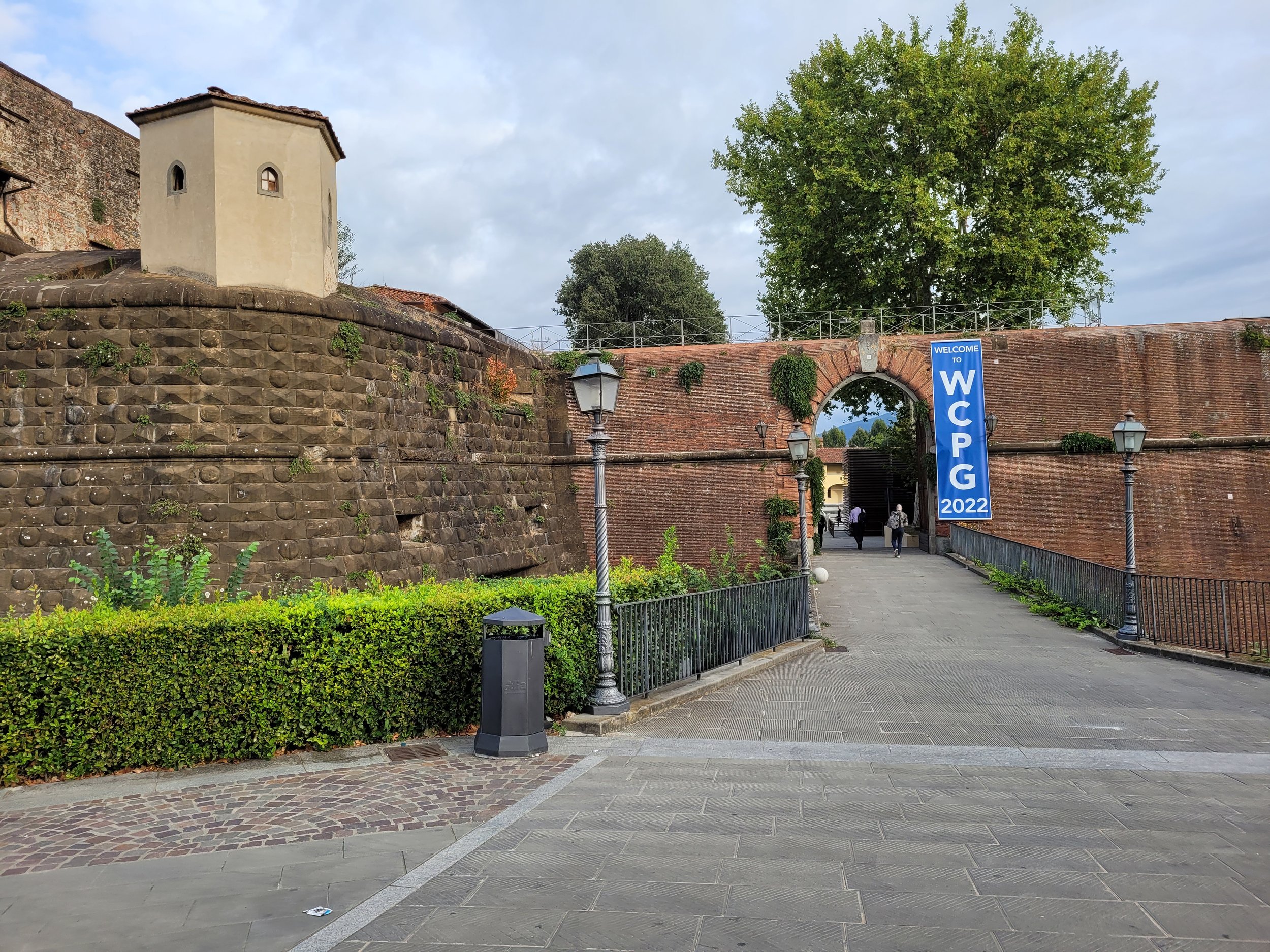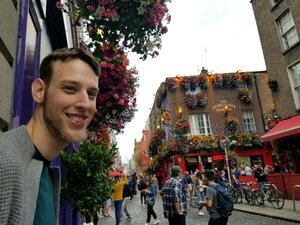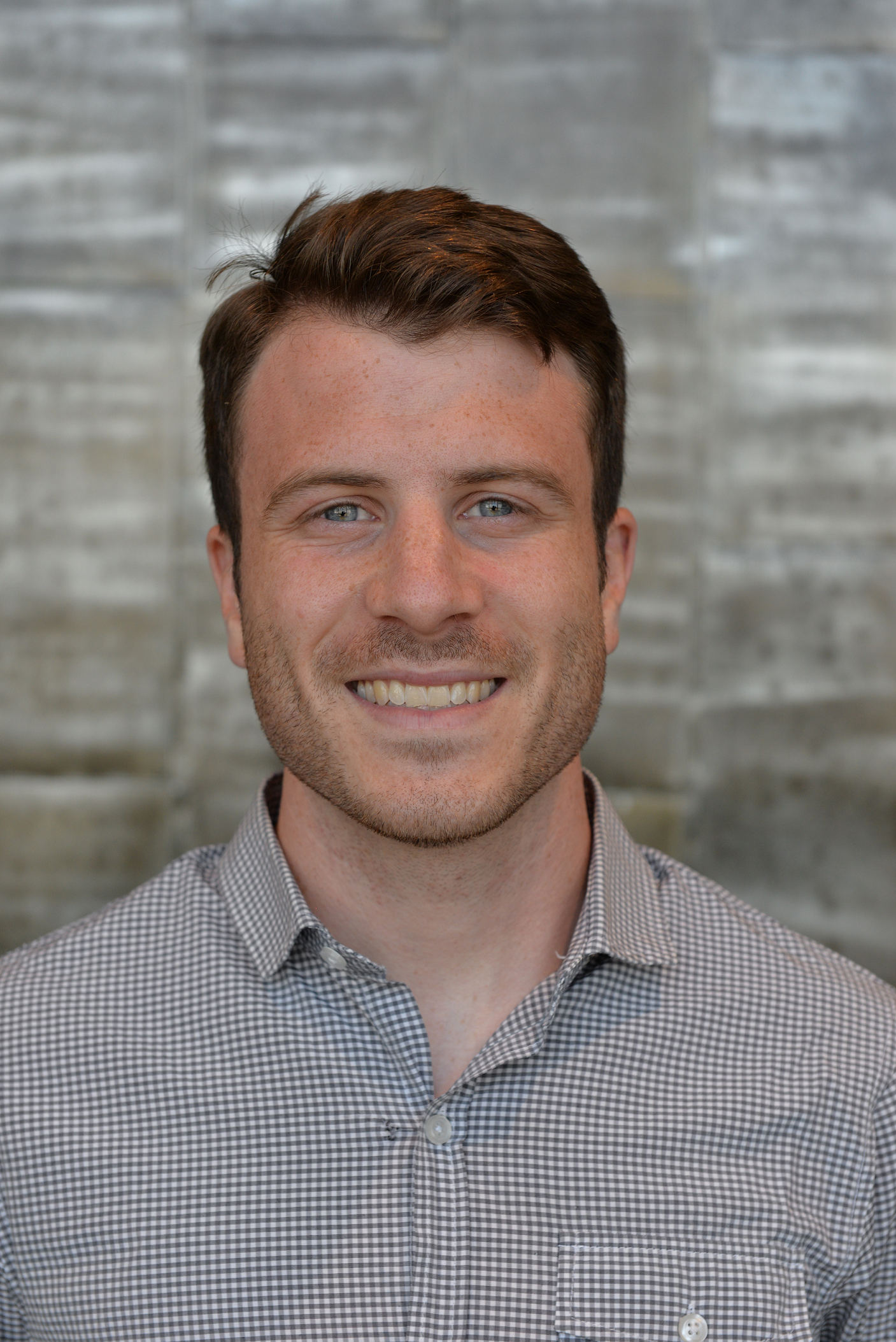Felix Kyere and Ian Curtin led a paper describing how our lab performs MRI, tissue clearing, and analysis in order to understand how genetic variations influence brain structure at gross volumetric and cellular levels. Contributions to this paper are from several lab members including Carolyn McCormick, and collaborations with the lab of Guorong Wu and Ian Shih. The paper is available here.
Book chapter published on organoids
Rose Glass and Felix Kyere published a book chapter within the book entitled “Phenotyping of Human iPSC-derived Neurons”. The chapter is entitled “Brain organoids: models of cell type diversity, connectivity, and disease phenotypes.” The chapter covers some of the advantages and disadvantages of organoids as a model system, along with some recommendations for reproducible phenotypes and characterization. This chapter was written together with colleagues at CHOP - Elisa Waxman and Deb French.
Multiple graduate students win funding
Jordan Valone (Bioinformatics and Computational Biology), Ian Curtin (Genetics and Molecular Biology and Certificate Program in Translational Medicine), and former Stein lab technician and current Won lab graduate student Jessica McAfee (Genetics and Molecular Biology) all won NIH T32 training grants to support their graduate research. Congrats all!
Nil Aygün wins Terry Magnuson Award
Bioinformatics and Computational Biology graduate student Nil Aygün won the Terry Magnuson award for Outstanding Graduate Student at the 2022 Genetics Retreat. Congrats, Nil!
Stein lab at World Congress of Psychiatric Genetics 2022
Nana Matoba and Jordan Valone attended the World Congress of Psychiatric Genetics 2022 in Florence, Italy. Nana Matoba won the WCPG Early Career Investigator award.
Stein lab at International Society for Autism Research 2022
Justin Wolter, Rose Glass, and Felix Kyere attended INSAR 2022 in Austin, TX. Rose and Felix won travel awards to attend the conference. Rose and Justin both gave talks on their work and Felix presented a poster.
Deep discussions on brain development and/or typos.
Mike Lafferty successfully defends his dissertation
Dr. Mike Lafferty successfully defended his dissertation in March 2022, where he discovered genetic variants modulating levels of miRNAs in the developing human cortex. Mike was in the Bioinformatics and Computational Biology curriculum and is the 3rd PhD from our lab.
Mike receives the Paul Hollywood handshake for excellent dissertation.
Mike was kind enough to share his pizza with the group.
It was a very sunny day!
Molecular Psychiatry 2022 Conference
Many members of the lab attended and presented at the Molecular Psychiatry 2022 conference. Postdoc Nana Matoba won a Young Investigator Award. Jason co-led a symposium on “Cell-type and context-specific effects of genetic risk variants for neuropsychiatric disorders” together with Alexi Nott, Hyejung Won, and Xin Jin (pictured below). Rose Glass gave a talk on modeling brain overgrowth in autism using cortical organoids.
Stein lab at American Society of Human Genetics 2021
Neuroscience graduate student Felix Kyere was a predoctoral finalist of the Charles J. Epstein Trainee Award for Excellence in Human Genetics Research. He gave a talk at the ASHG 2021 virtual conference on tissue clearing in a mouse model of autism. See an image from his talk in the tweet below. Nana Matoba also won the Revewers’ Choice award for her poster at this conference.
Neuroscientists Talk Shop Podcast
After giving a talk at University of Texas San Antonio, Jason talks with fellow neuroscientists Melanie Carless and Salma Quraishi about genetics, causality, brain organoid models, and large scale studies of the genetics of brain structure and disease.
Jason promoted to Associate Professor
Effective January 1, 2022, Jason is promoted to associate professor with tenure. I feel very humbled and grateful to all of the hardworking people in my lab, and all of my previous and current mentors. What a ride!
Nuclei Ninja party
The nuclei ninjas all gathered in person for some pizza, a lab tour, and some career advice. The nuclei ninjas (see nucleininja.org) are undergraduates who are creating a manually labeled training dataset to train our nuclear recognition algorithms. Thanks for all your hard work you guys!
NuMorph published in Cell Reports
We developed NuMorph, a pipeline to analyze tissue cleared mouse brain images. NuMorph was applied to two different mouse models, finding the cell types underlying gross structural brain differences. From beautiful images to quantifications to biological insights! This work was led by biomedical engineering graduate student, Oleh Krupa. Check out the manuscript here.
Preprint on imprinting during neuronal differentiation
In our new preprint, we identify putatively imprinted regions and genes in cultured progenitors and differentiated neurons, finding many of them are cell-type specific. Our hope is that these genes and elements can be used together with parent of origin association studies to explain mechanisms of associated variants.
e/sQTL paper published in the american journal of human genetics
Your DNA sequence is the same in every cell in your body, and is slightly different between any two individuals. Genetic differences can lead to changes in the size and structure of our brains, and risk for diseases. Despite that the DNA is identical in every cell in the body (with few exceptions), genetic variants can exert their effects only within specific cell types. In our paper, led by graduate student Nil Aygun, we mapped the effects of genetic variants on gene expression in two cell types of the developing cortex, neurons and progenitors, modeled with neural stem cells. We used our results to explain which genes and cell types influence brain structure. In the figure above, we found that a genetic variant affecting CENPW expression only in progenitors influences global cortical surface area. The results from this study can lead to a better understanding of how genetic variation leads to changes in our brains and risk for neuropsychiatric disorders.
Genetics of white matter tracts published in Science
In work led by Hongtu Zhu and Bingxin Zhao, we explored how genetic variation influences brain region connectivity. In a sample size of over 43,000 individuals, many novel loci associated with white matter tracts were detected. Interestingly, some tracts showed a genetic correlation to schizophrenia, finally providing a solid genetic correlation to this disorder using a brain imaging based phenotype. Also, genetic variants within regulatory elements of glia, but not neurons, strongly influence white matter tracts. This provides a way of understanding which cell types are influencing macroscale brain structure traits. You can read more about this here.
Segment your 3D microscopy images with Segmentor
In order to train a computer what a nucleus looks like, you first have to provide manual annotations of features within microscopy images. This is difficult to do in 3D, so we developed a tool called Segmentor to make it easier and quicker. This will allow us to train our computers to recognize nuclei in 3D tissue cleared images. Read more about the tool here and download it at https://www.nucleininja.org/.
caQTL paper published in Nature Neuroscience
After many years of work, we published our cell-type specific chromatin accessibility paper in Nature Neuroscience. There were some interesting things we found: (1) caQTLs are highly cell-type specific, (2) caQTLs have higher effect sizes on average than eQTLs, (3) caQTLs can be used to identify causal variants, cell types, and mechanisms of non-coding GWAS loci. As an example, here is a locus associated with risk for schizophrenia near the GRIN2A gene where we show co-localization with a neuron-specific caQTL and allele specific chromatin accessibility, and experimentally validate the result with a luciferase assay. You can read the article here.
News & Views on UKBB Imaging Genomics in Nature Neuroscience
We wrote a News and Views in Nature Neuroscience on the expanded resource of Brain Imaging Genetics GWAS from the UK Biobank. We tried to frame what the advantages are to this new dataset and also suggest new directions for the field of imaging genetics, to better understand how genetic variation influences human brain structure and function. You can read more about it here.
Two new graduate students joining the lab
We welcome Jordan Valone (Bioinformatics and Computational Biology) and Ian Curtin (Genetics and Molecular Biology) to the lab. Jordan will work on stimulus specific genetic effects in brain development and Ian will work on brain structure changes in a mouse model of autism. Welcome aboard guys!























